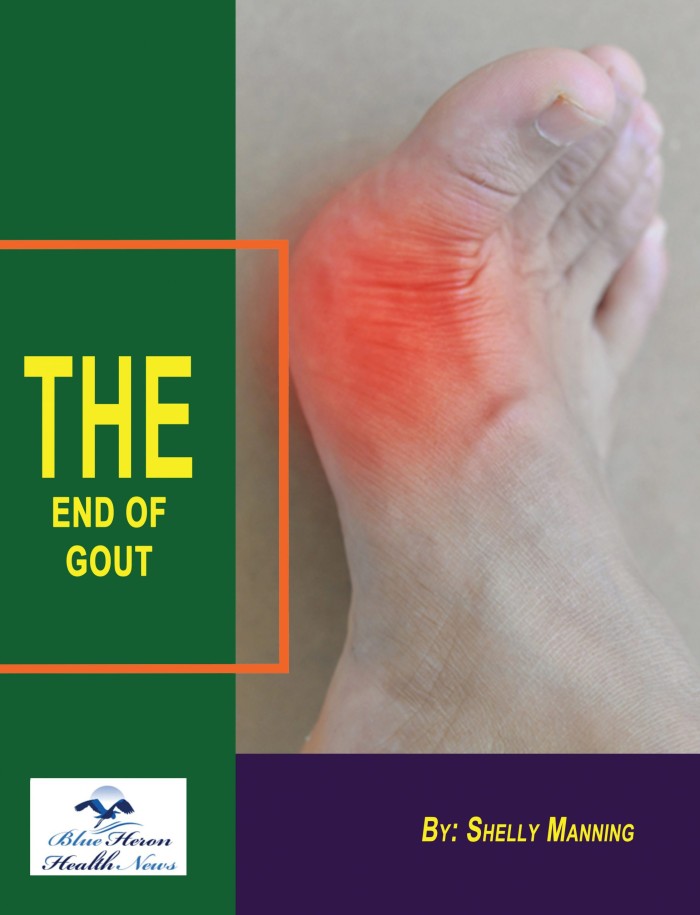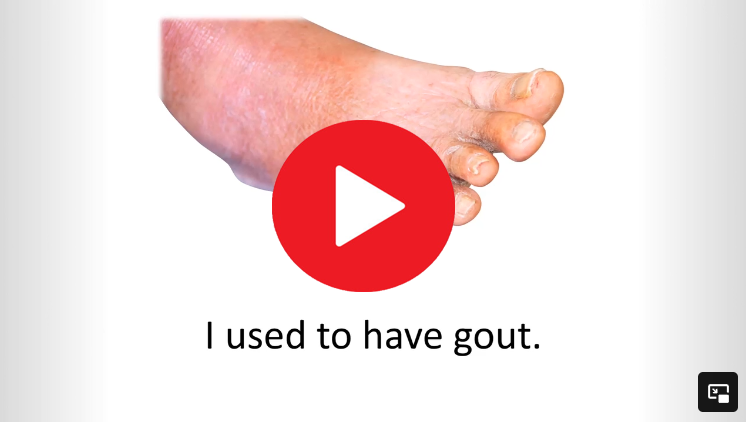Symptoms of an Acute Gout Attack
An acute gout attack, also known as a gout flare, is characterized by the sudden onset of intense pain, redness, and swelling in a joint. The symptoms are often severe and can significantly impair daily activities. Here are the key symptoms of an acute gout attack:
1. Sudden, Severe Joint Pain
- Intensity: The pain during an acute gout attack is often described as excruciating and can reach its peak within a few hours. It is one of the most intense forms of pain associated with arthritis.
- Location: The big toe (specifically the first metatarsophalangeal joint) is the most commonly affected joint, but other joints such as the ankles, knees, wrists, fingers, and elbows can also be involved.
- Onset: The pain usually starts suddenly, often at night or in the early morning, and can wake a person from sleep.
2. Redness and Swelling
- Inflammation: The affected joint becomes swollen, red, and warm to the touch. The skin over the joint may appear tight, shiny, and inflamed due to the swelling.
- Localized Warmth: The joint area may feel hotter than the surrounding skin, reflecting the intense inflammation occurring within the joint.
3. Extreme Tenderness
- Sensitivity: The affected joint is typically very tender, and even the slightest touch or pressure, such as from bed sheets or clothing, can cause significant pain.
- Limited Mobility: Due to the pain and swelling, moving the affected joint can be difficult, and mobility may be significantly reduced.
4. Rapid Onset and Short Duration
- Rapid Progression: The symptoms of an acute gout attack develop rapidly, often within a few hours, and can last for several days to a week.
- Resolution: After the peak of the attack, symptoms typically begin to subside, and the joint may return to normal or near-normal function within a week, although some residual discomfort or stiffness may persist.
5. Fever and Malaise (in Severe Cases)
- Systemic Symptoms: In some cases, especially during a severe or widespread attack, individuals may experience a low-grade fever, chills, or a general feeling of malaise (feeling unwell).
- Inflammatory Response: These systemic symptoms are due to the body’s inflammatory response to the uric acid crystals in the joint.
6. Skin Changes
- Peeling and Itching: As the acute gout attack resolves, the skin over the affected joint may peel, itch, or feel tender as it heals from the inflammation.
- Desquamation: In some cases, the skin over the joint may shed or flake as part of the healing process.
7. Recurrent Attacks
- Pattern of Flares: After the first attack, subsequent gout flares may occur in the same or different joints. These recurrent attacks can become more frequent and involve multiple joints if gout is not adequately managed.
- Chronic Gout: Without treatment, recurrent attacks can lead to chronic gout, where the joint remains persistently swollen and painful, and may develop tophi (deposits of uric acid crystals under the skin).
8. Impact on Daily Activities
- Functional Impairment: During an acute gout attack, the intense pain and swelling can severely limit the use of the affected joint, making it difficult to perform daily activities such as walking, gripping, or even standing.
Conclusion
An acute gout attack is characterized by the sudden onset of severe pain, redness, swelling, and tenderness in a joint, most commonly the big toe. These symptoms can be extremely debilitating but typically resolve within a week. Recognizing the symptoms of an acute gout attack is important for prompt treatment, which can relieve pain, reduce inflammation, and prevent future flares. If you experience symptoms of an acute gout attack, it is advisable to seek medical attention to confirm the diagnosis and discuss appropriate treatment options.

